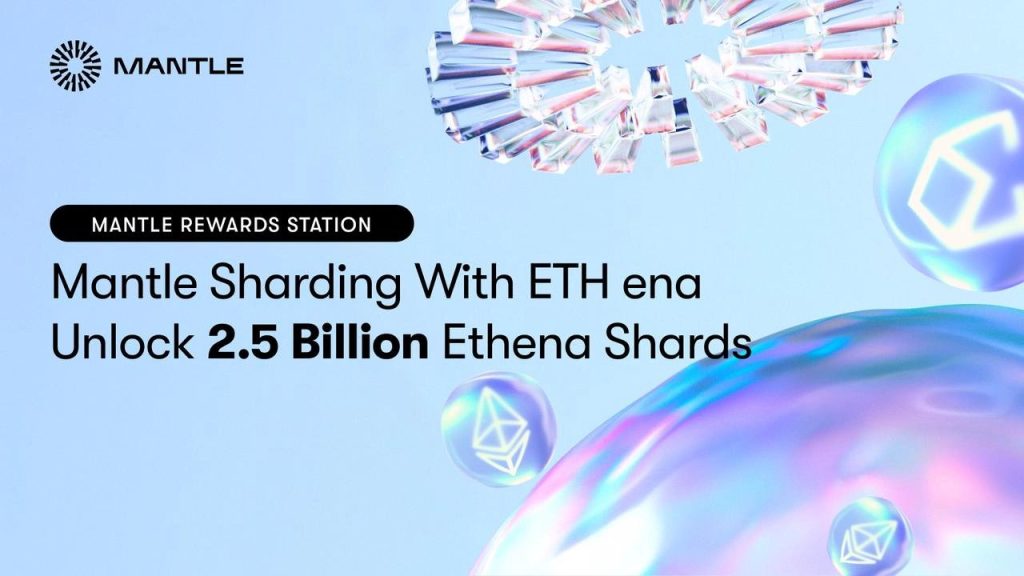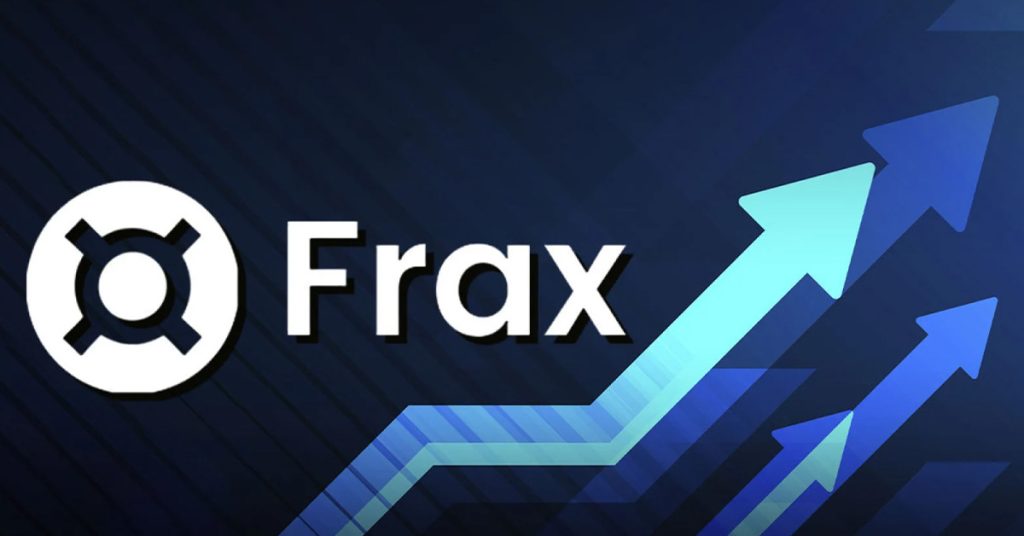Decentralized Self-Stabilizing Digital Dollar by Defi Dad
If you’ve used DAI, sUSD, USDC or USDT, you know how important and useful stablecoins are. They come in all varieties: decentralized vs centralized, backed 1:1 by dollars vs overcollateralized vs reportedly undercollateralized (in the case of USDT). Stablecoins on Ethereum boast an estimated $17.34B in liquidity according to usdonethereum.com and they show no signs of slowing down in growth. However, there’s been fierce competition to create the purist, most decentralized, most reliable dollar-pegged stablecoin in DeFi. Some might argue it’s Maker’s DAI vs others who prefer the newer sUSD created by staking SNX on Synthetix. Some just prefer the $2.8B in USDC because it’s so easily redeemable with major exchanges like Coinbase and it’s super liquid, despite some unappealing admin controls behind USDC.
Today, I’ll walk you through Empty Set Dollar, one of the most interesting and cutting edge stablecoin experiments in DeFi but also one of the least talked about.
Empty Set Dollar aims to offer “a fully decentralized, algorithmically self-stabilizing digital dollar.” If you followed Ampleforth over the spring and summer, it has some minor similarities to AMPL as an algorithmically self-stabilizing stablecoin, but that’s just the start of it with Empty Set Dollar. The protocol native token is an ERC-20 called ESD, which acts as both a stabilized dollar and as a governance token.
Empty Set Dollar protocol is defined by these 4 mechanics found in other protocols:
- Decentralized - from the start it’s only upgradable via on-chain governance
- Self-stabilizing - using an on-chain price oracle
- Single token - ESD is both a stablecoin and a governance token
- Opt-in Supply Adjustments - Imagine if Ampleforth had given AMPL holders the choice of being rebased or not. With ESD, all supply expansions











Responses